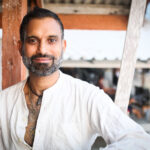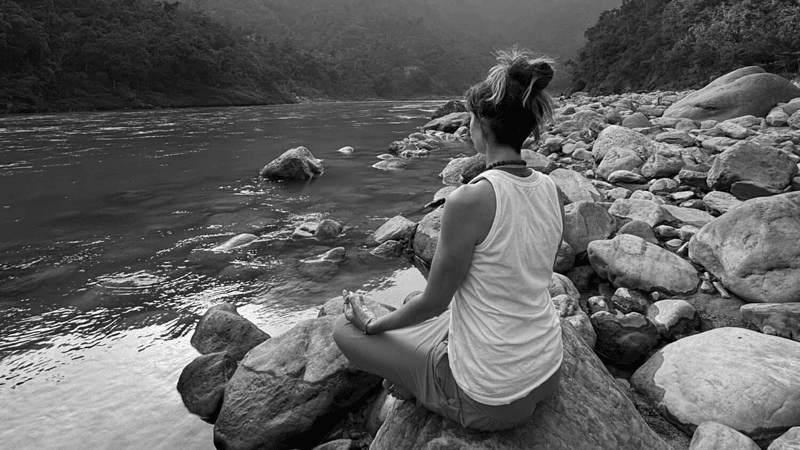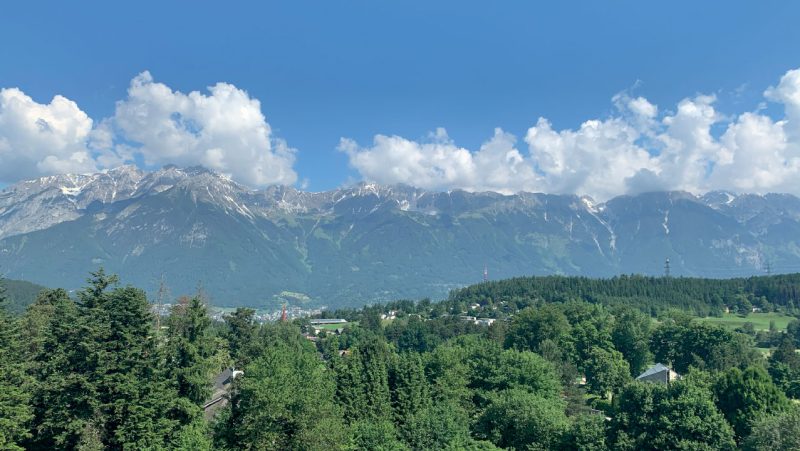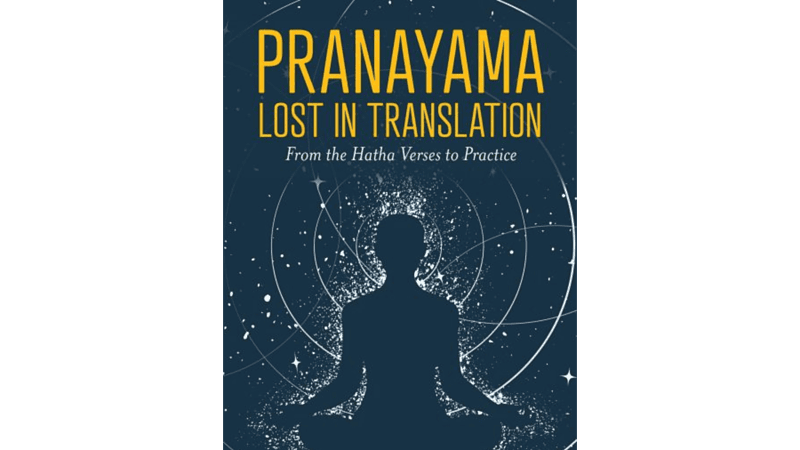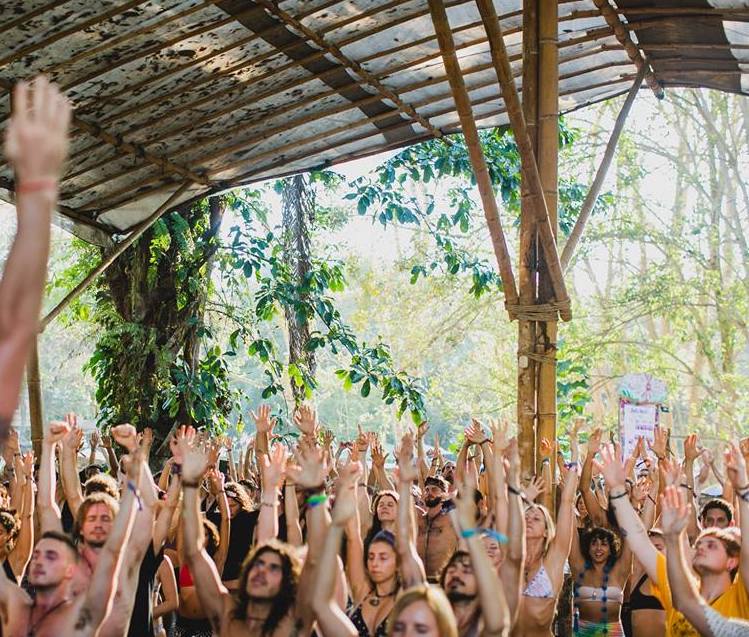
5 health benefits of pranayama
5 health benefits of pranayama for your health. by Niraj Naik
The word ‘pranayama’ in Sanskrit can be roughly translated to ‘life force (prana) regulation, or control (yama)’. The breath is the sustenance of life. We can live without food and even water but without the breath, we would die very quickly. Your breath is your most faithful companion which, if you learn to master it correctly, can help you navigate life’s many challenges with calm and grace. Truly with us from birth until the moment we leave this world, the first thing we do when we are born is inhale, and the last thing we do before we die is exhale.
Despite this, most people in the world don’t give too much thought to their breath. Breathing is simply something that happens without thought. Breathing is taken for granted and not considered a factor in the maintenance of mental and physical health. In the yoga world we are a little more switched on in this regard. Many yoga classes begin with a short pranayama and pranayama techniques are taught in most yoga teacher trainings around the world.
Despite this, pranayama often gets overlooked in popular media. It is overlooked in favour of more ‘instagrammable’ elements of yoga - think complicated arm balances, challenging twists and beautiful inversions. Even many devoted yogis who practice asana regularly do not have a regular pranayama practice.
This oversight is really a great shame and a hindrance to health. The breath is the gateway to physical and mental health and vitality. The breath is the key with which you can unlock the systems of the body and control those processes over which we are told to believe we have no control, such as digestion, the immune system, and the heart rate. Personally, through a regular controlled breathing practice, coupled with important diet and lifestyle changes, I healed myself from 7 years of leaky gut syndrome which eventually became so severe that I became housebound and extremely depressed. I was so humbled and inspired by my own healing experience that I went on to create the SOMA breathwork technique, incorporating the most effective elements of many different pranayamas. SOMA has been healing people around the world from a vast array of different health problems since its creation.
The breath as a key to unlocking the systems of the body
Our breath is our gateway to controlling the autonomic nervous system. Why do we want to control the autonomic nervous system? Because it controls each and every system within the human body due to its direct impact upon our hormones.
In fact, the health benefits of pranayama are so far reaching that we would be here for hours if I listed each one. In this article we will be looking at 5 different pranayama techniques - each of which are incorporated in my SOMA breathing programme - briefly explaining them and considering one health benefit of each technique. Some of the health benefits of the techniques are so intricately linked that we will need to look at more than one in order to understand the mechanisms and processes at work.
By the time you have finished reading this article, you will hopefully have been persuaded to start a regular pranayama practice yourself, if you haven’t already.
Slow rechaka and stress reduction
The ‘slow rechaka’ is an extended exhalation compared to the length of the inhalation. According to the Yoga sutras, breathing in for a count of 2 and out for 4, or in for 4 and out for 8, is the ideal way to breathe. In the slow rechaka pranayama practice we eliminate the pause between breaths.
Research studies have continually shown that this is the optimum breathing pattern for increasing feelings of relaxation, decreasing stress, activating a mindful state and bringing about feelings of positivity and contentedness. This is due to the extended exhale of the slow rechaka stimulating the parasympathetic nervous system, which, when activated, brings about positive, relaxed feelings.
In an ever-increasingly stressful world - a world that is showing us time and time again through research studies and lived experience that stress is one of the biggest killers and causes of disease in the world, the impact of the slow rechaka on reducing stress simply cannot be overlooked.
Nisshesha rechaka kumbhaka and intermittent hypoxia
The ancient pranayama technique called Nisshesha Rechaka Kumbhaka involves holding your breath beyond the comfort zone for a short period of time. The act of doing so invokes a state called ‘intermittent hypoxia’, characterised by brief periods of lower than normal levels of oxygen in the blood.
Intermittent hypoxia is one of, if not THE most powerful components of pranayama. Thus I have made it a health benefit in and of itself. The benefits are so far reaching that I could write an entire article just on the ways in which intermittent hypoxia is fantastic and transformative for human health.
Intermittent hypoxia can enhance spatial learning and memory, suppress pro-inflammatory responses thus lowering inflammation, reduce blood glucose tolerance and cholesterol, reduce blood pressure and even decrease the risk of heart attack and stroke due to its impact on dilating the blood vessels. If practiced regularly for a period of time, osteoporosis sufferers can increase the density of their bones. The immune system is strengthened, depression is decreased and we become overall fitter, healthier, happier, better functioning humans.
What's more, our aerobic capacity and exercise tolerance are also enhanced by periods of intermittent hypoxia. Anecdotal evidence of this can be seen in the case of the 1968 Olympic Games in Mexico City, which took place at 2,240 metres above sea level. No Olympic Games had or have ever since taken place at such a high altitude. Athletes were competing in hypoxic conditions, relative to those in which they were used to training or competing. More world records were broken than ever before - many of which have still not been beaten to this day. The hypoxic conditions were making them faster, fitter, and stronger.
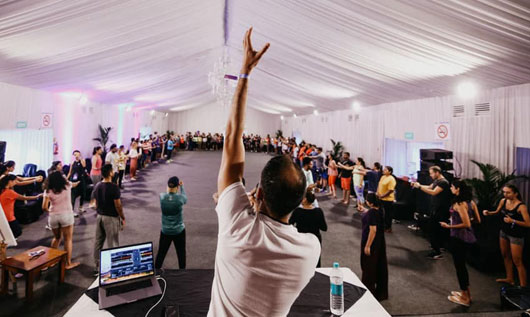
Bhastrika pranayama and the movement of cerebrospinal fluid
Bhastrika, also known as the yogic ‘breath of fire’ or ‘yogic coffee’, is rapid, forced inhalations and exhalations, through the nose and into and out of the chest, engaging the lungs. Bhastrika should always be followed by a full exhalation and holding the breath for as long as possible.
Practising Bhastrika will give you an immediate and intense burst of energy, but this isn’t the only energetical effect that it has. The practice of Bhastrika will also stimulate the movement of cerebrospinal fluid. Cerebrospinal fluid is supposedly the transporter of our Kundalini energy from the base of the spine to the brain. When we hold the breath at the top of the inhale after a Bhastrika practice, we may feel a surge of Kundalini energy rising up the spine. Some people even get mild closed eye visions with this practice. It is one of the techniques used by ancient yogis for thousands of years to reach higher states of consciousness.
Chanting Aum - concentration, relaxation and pain relief
Performed by a simple, repetitive chant of ‘aum’, omkar pranayama uses the sacred sound of creation to extend the exhale and bring peace, focus and clarity to the mind.
As we learned earlier, an extended exhale in comparison to the length of the inhale activates the parasympathetic nervous system, which is responsible for the feelings of relaxation and calm when aum is chanted continuously and rhythmically for a number of minutes. When chanting aum, we should break it down into three syllables - making the sounds ‘aah’, ‘ooh’, and ‘mmm’. The ‘aah’ sound resonates with the lower chakras (root, sacral, solar plexus), the ‘ooh’ with the middle chakras (heart and throat) and the ‘mmm’ with the upper chakras. To intensify the effects you can visualise white light omitting from your lower, middle and upper body as you move from aah to ooh to mmm.
Extending the tone activates the cerebral cortex, bringing about a calming effect to the hypothalamus and even to pain receptors. Ever cried out in pain or groaned when you really hurt yourself? This is why we have this built in instinct. The extended tone we let out when we hurt ourselves - to some extent at least - kills the pain.
In addition to this, the vagus nerve is also stimulated by the vibrations of the sound. This helps to even further reduce stress and anxiety, and also lessens inflammation.
Alternate nostril breathing and subconscious breathing habits
Alternate nostril breathing is a pranayama that is exactly how it sounds. We take it in turns breathing in and out through different nostrils, with one nostril blocked each time. There are several benefits to this technique. Firstly, it helps to activate both hemispheres of the brain, bringing them together to work in unison. Most of the time we tend to only use one side of the brain - right or left. The right side of the brain is associated with feminine values such as creativity and imagination. The left side of the brain with logic, linear thinking and words. Alternate nostril breathing also clears the nasal passages - encouraging use of the nostrils rather than the mouth for everyday, subconscious breathing.
Why is this important? Because no one ever teaches us to breathe. We breathe through our nose most of the time but occasionally we go through periods of using our mouth to breathe when it just isn’t needed. Not only is it un-necessary to breathe through the mouth but it is also detrimental to our health. Breathing through the mouth as a matter of normalcy leads to rapid, shallow, chest orientated breathing, which activates the sympathetic nervous system, causing us to feel stressed out and anxious.
Breathing through the nose, on the other hand, causes us to breath much more slowly. Due to the small size of the nostrils in comparison to the size of the mouth, the rate of air flow into the lungs is much slower, and the air is retained inside the lungs for longer. Thus more oxygen is absorbed into the bloodstream, increasing energy levels and fuelling the essential process of cellular respiration.
Breathing through the nose also filters and cleans the air, meaning higher quality air is brought into the body.
Furthermore, nitric oxide makes it into the air we breathe when we breathe through the nose. Studies have shown that this gas is highly effective when it comes to defence against pathogens like bacteria, fungi, viruses and parasites.
As already stated: regular practice of alternate nostril breathing pranayama will encourage use of the nose rather than the mouth for your default breathing mode. Not only can nasal breathing keep you relaxed and calm, it can also keep you healthy and free of disease!
The health benefits of pranayama
So, we have seen how the pranayama techniques of slow rechaka, nisshesha rechaka kumbhaka, bhastrika, omkar and alternate nostril breathing can improve our health, and hugely so.
The benefits range from reducing stress - which on its own is enough to drastically improve our health since most diseases have stress or anxiety at their root cause - to lowering blood pressure, reducing the risk of heart problems and strokes, bringing about immense feelings of peace and relaxation and even fighting off colds and other nasty infections, parasites and viruses.
A scientist by nature, I hope that through the science provided in this article that I have provided you with enough evidence to prove that practising pranayama is well and truly worth it. It was finding this solid, scientific proof in addition to my own personal experience of healing myself from ulcerative colitis that changed the course of my own life and career, leaving the world of pharmaceutical drugs and diving into holistic healing, creating my true life’s work, the SOMA breathing programme.
If you are already familiar with and practising the techniques outlined in this article - well done - keep it up! You are doing something amazing for your health. If you are not and you don’t know where to start, you might want to try looking through the material on the SOMA website for more evidence and the detailed methodologies behind these techniques.
Pranayama enabled me to heal myself from an autoimmune disorder that was supposedly incurable. Learning to breathe got me out of the house and into the world and life itself again, changing my path forever - it might just do the same for you. Don’t you want to try?

